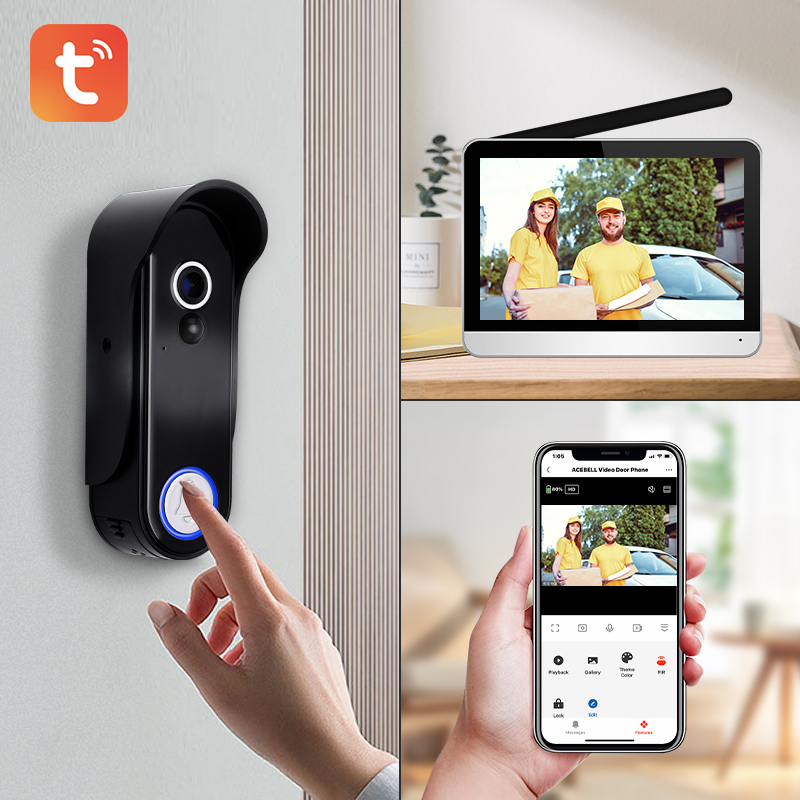智能门铃触摸屏优化技术
Time:2024-04-19 14:38:28 Views:39次
Introduction:
As an integral part of modern home security systems, smart doorbells rely heavily on touchscreen interfaces for user interaction. The optimization of touchscreen performance directly impacts user experience. Touchscreen optimization techniques encompass various aspects, including noise filtering, sensitivity adjustment, accuracy enhancement, and dynamic adjustment strategies. This article aims to delve into these techniques in detail.
Noise Filtering Techniques:
Touchscreens often face interference from external environmental factors and internal electromagnetic noise, affecting signal accuracy and stability. To mitigate the impact of noise on touchscreen signals, digital filters, analog filters, or software algorithms can be employed for noise filtering. Digital filters utilize mathematical operations to eliminate noise components from signals, while analog filters achieve noise filtering through circuit components. Additionally, software algorithms analyze the characteristics of touchscreen signals to accurately identify and remove noise.
Sensitivity Adjustment Strategies:
The sensitivity of touchscreens needs to be adjusted according to actual usage scenarios and user requirements. Excessive sensitivity can lead to false triggers, while inadequate sensitivity may result in unresponsive touch interactions. Therefore, sensitivity adjustment can be achieved by tuning parameters such as gain and threshold in touchscreen driver circuits. Furthermore, dynamic adjustment of sensitivity parameters based on user feedback and usage habits ensures optimal touch experience.
Accuracy Enhancement Techniques:
Improving the accuracy of touchscreen signals is a key objective in touchscreen optimization. High-resolution touchscreen sensors, precise signal processing algorithms, and accurate calibration techniques are employed for this purpose. High-resolution touchscreen sensors provide finer touch position information, while precise signal processing algorithms analyze and process touchscreen signals accurately. Accurate calibration techniques ensure the reliability and stability of touchscreens.
Dynamic Adjustment Strategies:
Touchscreen signal processing and optimization require dynamic and adaptive strategies to accommodate different usage scenarios and user interaction habits. Dynamic adjustment strategies enable real-time tuning and optimization of touchscreen signal processing parameters. These strategies involve adjusting touchscreen sensitivity and filtering parameters based on factors such as ambient light, temperature, humidity, as well as dynamically adapting touch sampling rates and response speeds based on user finger size, pressure, and velocity.
Conclusion:
Touchscreen optimization techniques play a crucial role in smart doorbell systems, enhancing user experience and system stability. By employing noise filtering techniques, sensitivity adjustment strategies, accuracy enhancement techniques, and dynamic adjustment strategies, touchscreen performance can be comprehensively optimized, providing users with a more convenient and seamless operation experience. With ongoing technological advancements and innovations, touchscreen optimization techniques will continue to evolve, providing stronger support for the further development and popularization of smart doorbell systems.
Chinese Website——www.dgjiasong.com
